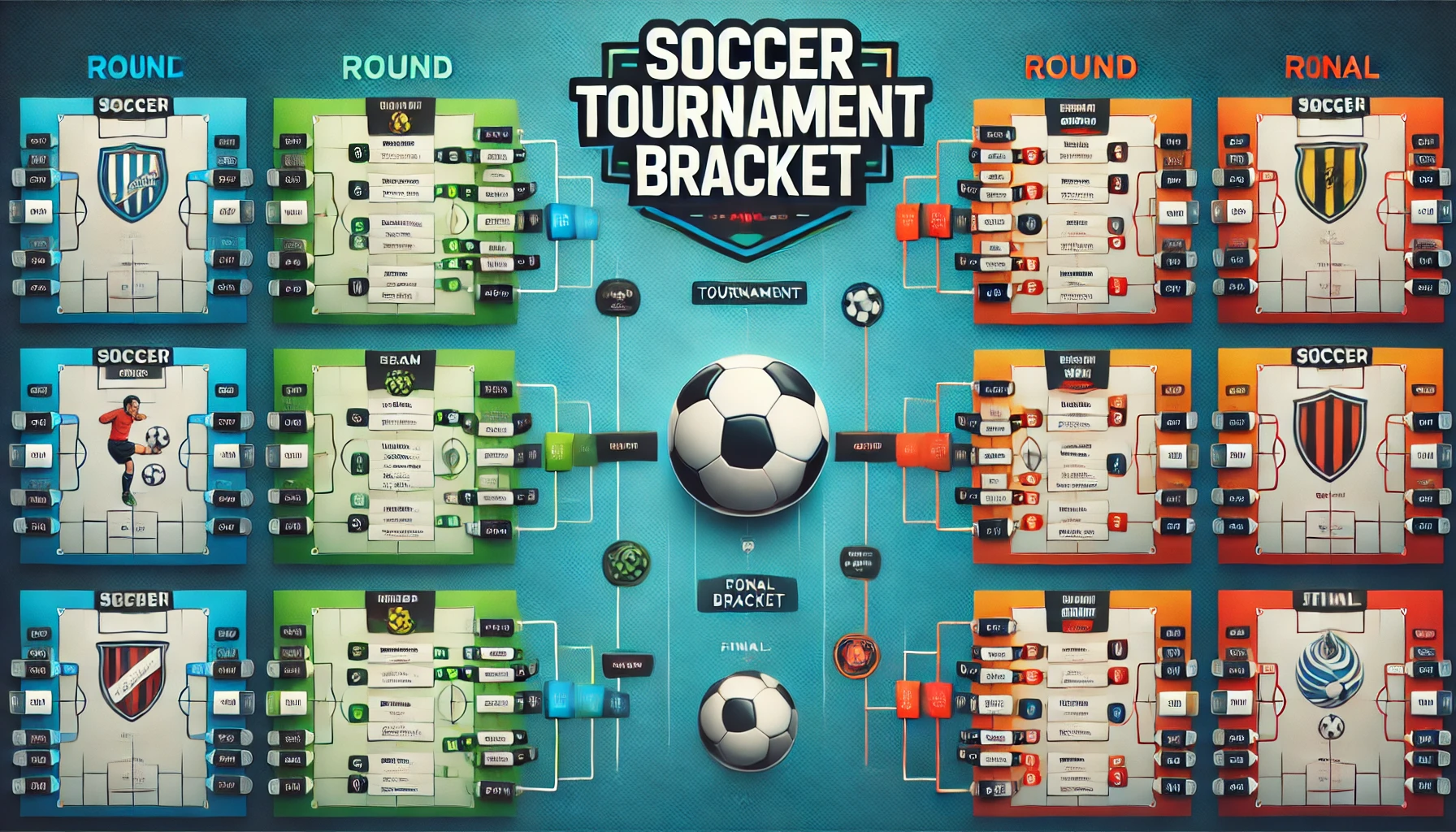The tournament format has been used universally across competitive sports and games throughout our history, pitting competitors against each other in order to establish a champion. Essentially all of the most popular sports in the world can count on at least one famous tournament they possess for establishing the best in business, while in recent years other competitive activities such as casino and video games have also established high profile tournaments of their own. Not every tournament is designed the same however, with the brackets that represent the games that are played between competitors generated in different ways depending on the particular tournament. Let’s consider some of the world’s most famous competitions and understand just how these brackets and generated.
FIFA World Cup - Soccer
The most famous competition for the most popular sport in the world, the FIFA World Cup sees all of the best soccer nations across the globe compete for the iconic World Cup Trophy. The brackets for the competition can be divided into two defined stages. The first is the group stage round, which sees the 32 qualified teams split into 8 groups of 4 with each team being seeded into a certain group based upon their world ranking. This ensures each group has a balanced distribution of high-ranking and low-ranking teams. Group stages are played in a round robin format where each team plays the other teams once. Whoever tops the group or comes second qualifies for the next stage, the knockouts. At this point, teams will play against each other in a single elimination style tournament with the brackets of the first knockout stage generated by group stage performance. Knockout rounds include the round of 16, quarterfinals, semifinals and then the final which is played between the final two teams left in the tournament.
WSOP – Poker
Whether playing on the gaming floor of a land-based venue or virtually using an online platform, poker tournaments often use a complex format structure that progresses through multiple stages to find the eventual winner. While everyday poker players stick to using the games available at real money online casinos, the world’s best players compete in the World Series of Poker, or the WSOP. Initially, players must first buy into the tournament at which point they will receive a set amount of chips and be randomly assigned to a table, typically made up of 9 to 10 players. As the duration of the tournament goes on, the small and big blind amounts will slowly increase in value effectively dwindling down the number of competitors with a player being eliminated once they have lost their chips. The final table is formed once the competition has been stripped back to the final 9 to 10 competitors, who will then continue to play until one player has all the chips. This format structure is specifically designed for the needs of poker where in a dynamic approach is required to maintain fair and legitimate competition.
NFL Playoffs – Football
After a lengthy NFL season, where each football team plays 17 times in a league style system, those who gain enough points then qualify for the postseason stage known as the NFL playoffs. In total, 14 teams compete in the playoffs with the best ranked team in each of the 4 divisions being seeded from 1 to 4 based upon their regular season performance. From each conference, 3 more teams known as wildcard teams are then seeded from 5 to 7. These are the teams with the best regular season records without winning their respective conference. The first round sees those seeded from 2 to 7 face off against each other with the top seeded team from each conference getting a bye until the next round. The following round sees the top seeded team in each conference play the lowest remaining seed from the first round while the other two remaining teams play each other. This single elimination style continues in the next round, the conference championship with the winner of each conference then battling it out in the famed Superbowl.
Chess Olympiad – Chess
The Chess Olympiad sees teams from across the world represent their nations in what is firmly established as the premier international chess tournament. Unlike most tournaments, the Olympiad does not use a traditional bracket style elimination system, instead employing what is known as the Swiss system. Initially teams are seeded against each other based upon their average global rating, the first round seeing the top half of the seeded teams play against the bottom half. From here, subsequent pairings are based on the previous round scores with teams with the most similar scores paired against each other. This process will continue for 11 rounds, at which point the teams will be ranked on their total match points. The team with the highest points total will be declared the winner of the Olympiad. This system focuses on the cumulative performance of teams across multiple matches which many believe shows a more balanced reflection of a team's quality.
It is clear to see that there is no best way to design a tournament with each of these competitions generating brackets in different ways. Despite the difference, each competition ensures that the quality of the competitor is considered and that suitable strategies are used to maintain fairness throughout. Different tournaments require different designs but ultimately, they all find the worthy winner.




